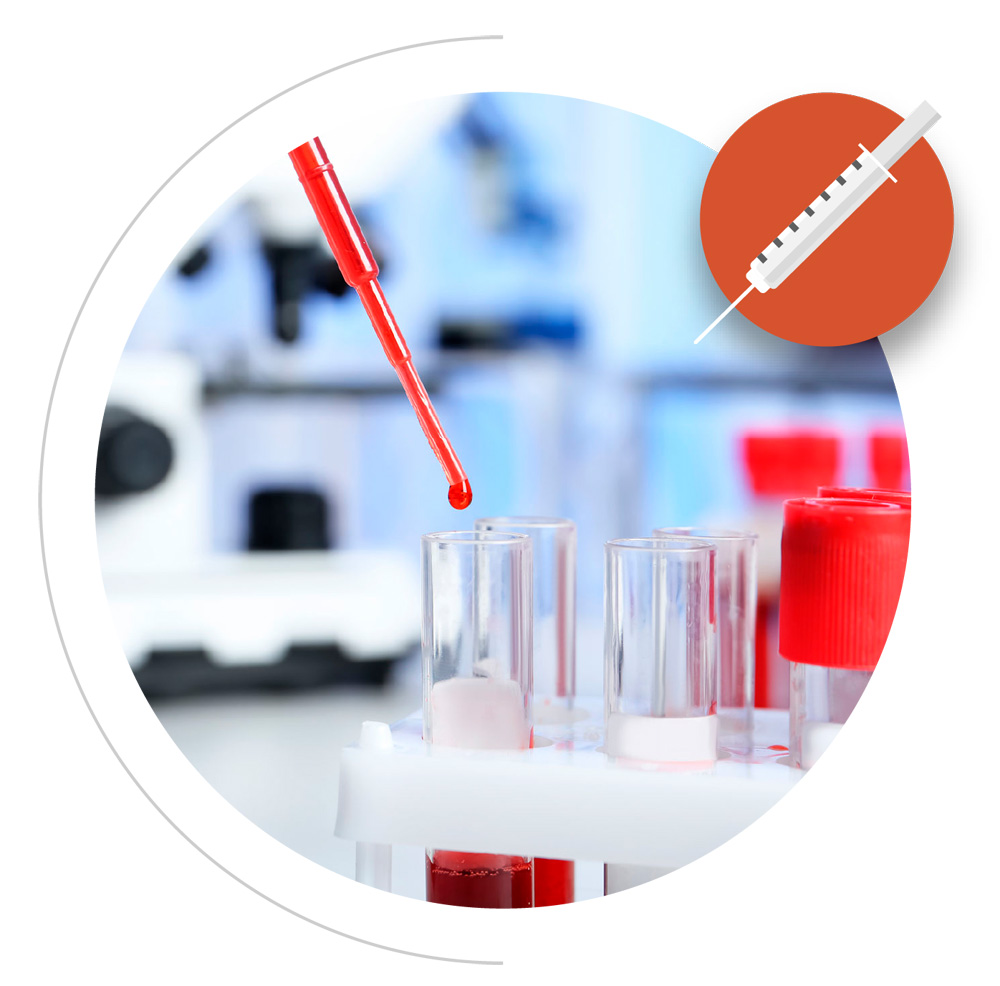

Haga clic aquí para leer esta página en español
We offer the world’s most advanced Stem Cell and PRP Procedures treating orthopedic and spine injuries, arthritis, and degenerative conditions at our clinic in Las Vegas.


No matter your orthopedic or spine condition, our Cellaxys experts offer optimal solutions. Our team of elite physicians have collectively performed over 20,000 interventional procedures with over 2,000 orthobiologics and has over 20 years of experience in the Las Vegas medical community. Cellaxys’ techniques use precise injections of your own stem cells or PRP to help amplify your body’s healing mechanisms.
The medical specialty deals with the treatment of bones and muscles. This includes the joints, ligaments, tendons, and nerves.
Our regenerative therapies can rejuvinate aging skin, improve hair loss, and boost sexual wellness.


Take a look at our previous patients and listen to their stories. We have helped countless people and significantly improved their lives.

Due to their natural ability to transform into any other type of cell, stem cells can be taken not only from your own body, but from a different person (likely, the umbilical cord), and transplanted into your problem area. The cells will adapt and take on a different “form” as if they were there since the beginning.
Stem cells can be concentrated and activated. While many types of stem cells are a good starting point for practical use, it is the concentration and activation of the cells that has truly made it an effective therapy. Certified practitioners are able to tweak these cells to address exactly the problem you are facing.
Click here to read more about stem cell therapy.
How Does It Work?

Platelet-rich plasma is astoundingly simple in concept; your doctor or medical technician inject a laboratory made concentration that is created from your own blood. That is right, your own blood. Essentially, PRP is a specialized healing plasma.
The benefits of Platelet Rich Plasma will have you feeling completely revitalized, as it is your own natural plasma, which has had the most platelet-dense part of your blood, added back into it. The result is a highly-charged infusion of plasma with a particularly high content of platelets.
How Does It Work?

In most reported literature and my clinical experience:
3-10 years in arthritic or chronic conditions, depending upon the severity
Virtually permanent improvements in ligament/tendon and muscle injuries
Acute injuries can be potentially reversed if the procedure is performed with 6 months of the injury
Stem cells have been radio-tagged in clinical studies and have been found to be active and viable for 12 months. That is, the stem cells are alive and regenerating new tissue for about one year.
The first 3-4 months will be the most dramatic improvements with a more gradual improvement experienced the remaining 8-9 months.
Stem cell or cell-based therapy helps diseased, injured, or dysfunctional tissues repair more quickly. The process involves using the patient’s own stem cells, concentrating them, and reinjecting them into the injury site.
At CELLAXYS, we perform two types of cell-based therapies: Minimally Manipulated Adipose Tissue Transplant (MMAT), where the surgeon extracts healthy cells from the adipose (fat) tissues, and Bone Marrow Concentrate (BMAC), where the doctor harvests highly concentrated cells from the bone marrow.
When performed by a board-certified surgeon, stem cell therapy doesn’t pose any side effects. However, they may cause a few short-term side effects, such as headache, low-grade fever, fatigue, nausea, and chills. These effects are usually temporary and vary from person to person. Some patients may not experience any side effects at all.
Stem cell therapy is a less painful alternative to surgery. The doctor uses anesthesia to numb the area before the procedure, so patients usually experience a pinch when the injection is inserted. If the patient still experiences pain during the process, the surgeon will use the numbing medication again whenever needed.
Stem cell therapy can treat various issues, including type 1 diabetes, heart diseases, spine injuries, strokes, joint and musculoskeletal problems, osteoarthritis, cancer, amyotrophic lateral sclerosis, burns, Parkinson’s disease, and more. The procedure is usually painless and non-invasive and is considered one of the best alternatives for surgery.
PRP is primarily used to treat spine, sports, and orthopedic-related injuries, but it is also helpful in promoting hair growth. Athletes have been opting for it for decades, as it is non-invasive and less painful than surgical treatments. Not only that, PRP also has a very short recovery time. This procedure also treats soft tissue or tendon injuries, including tennis elbow, knee tendonitis, knee replacement, shoulder injuries, and more.
The results of PRP injections usually last for years, depending on the type of treatment you went for, your issue, and the condition. Some people require multiple sessions for complete healing, while others can see their desired results in one or two sittings. The results typically vary from person to person.
PRP is generally a safe procedure that doesn’t cause serious side effects in the patients when performed by a professional team of surgeons. Some people may experience mild symptoms of discomfort, such as soreness and bruising, especially at the injury site. Since PRP injections use the patient’s own blood plasma and cells, there are little to no risks of an allergic reaction that come with other injectables like corticosteroids.
Regenerative medicine focuses on creating new treatments and using them to heal organs and tissues quickly with less pain. This technology uses the patient’s own cells and tissues to restore function lost due to aging or any physical trauma, disease, or damage. The two most popular regenerative medicine treatments are cell-based or stem cell therapies and platelet-rich plasma (PRP) therapy.
Regenerative medicine can cure many conditions, ranging from tissue and ligament injuries like arthritis and torn muscles to neurological problems like Alzheimer’s and Parkinson’s diseases. The procedure can replace neurons that spinal cord injuries damage and even produce insulin to treat diabetes. They are primarily helpful for sports and spine-related injuries and for treating hair loss.
The primary benefit of regenerative medicine is that it is the best alternative for surgeries. Both cell-based therapies and PRP therapy are less painful and non-invasive than surgical procedures that prevent pain efficiently. Their recovery time is also quicker; you may not need medications afterward. Regenerative medicine procedures are also less risky as the doctor uses your own cells for the procedures.
Haga clic aquí para leer esta página en español

